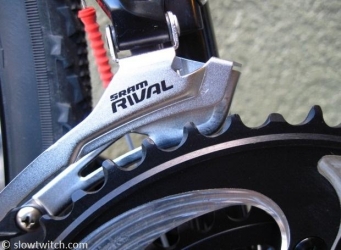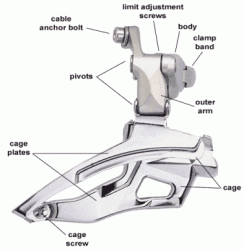Bike front derailleur
front derailleur Fixes, Reviews & Guides

SRAM Red Yaw Front Derailleur Review
One of the largest complaints about the previous Sram Red drivetrain was the sub-par front derailleur shifting speed. Sram heard our cries though, and not only increased the speed and positiveness...
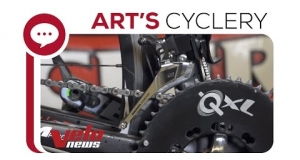
Front Derailleur Setup with an Oval Chainring
Do you have any tips for installing oval chainrings and fine tuning the front derailleur for their use?
Before beginning, it is important to not that front derailleurs will never shift as...
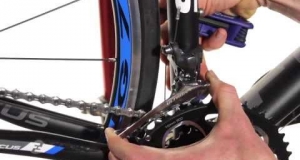
Adjust Shimano Front Road Derailleurs
How to adjust Shimano road front derailleurs:
All front derailleurs have the same basic adjustments. You have a low limit screw, a high limit screw, and the cable anchor adjustment.
...
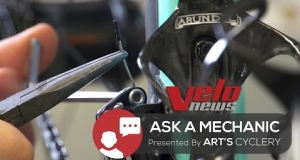
How to Adjust Campagnolo Front Derailleurs
How to Adjust Campagnolo Front Derailleurs:
The foundation that every good front derailleur tune is built on is correct derailleur alignment. Start by setting the position of the front...
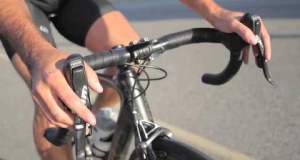
Review of SRAM Force 22 Group Set Components
Sram Force 22 Review:
Force is right below Sram’s top-end Red group set. Any Sram branded 22 is their 11-speed version. Currently they have Sram Red, Force, and Rival in 11-speed...
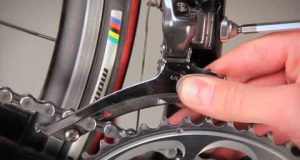
How to Check and Adjust a Front Derailleur
How to adjust a front derailleur:
Before you adjust your front derailleur, make sure that the rear one is working properly. For this job, all you will need is a 5mm allen wrench, a phillips...
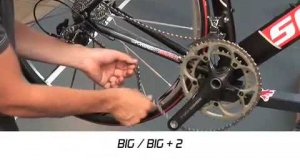
How to Install a SRAM Bike Chain
Chains are where you can get a lot of grit and just plain dirtiness accumulating so it’s something you should clean and maintain on a regular basis. If you need to install a chain, remember to get...

Overview of Shimano CX70 Cyclocross Components
Shimano unveils new CX70 cyclocross components:
The cross group is made up of the primary components of cantilever brakes, front derailleur, and cyclocross specific cranks. Those three...
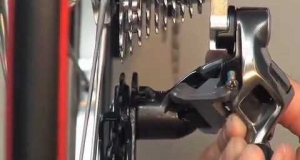
Install and Adjust SRAM Road Derailleurs
Required told: 5 mm hex, torque wrench, phillips head screwdriver, flat head screwdriver, derailleur alignment tool, cable cutters, and needle nose pliers.
It is important to note that Sram...
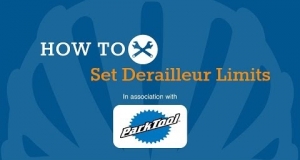
DIY Set Derailleur Limits
It's good to push things to the limit when you're rock climbing or running a 5K but the derailleur on your bike should stay well within it's set range. The upper and lower limits of your...
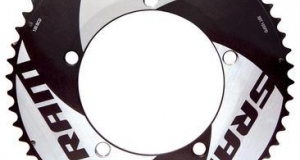
Sram Road Bike Components: A Comprehensive Overview
Officially launched in 1988, Sram is a relatively young company with a lot of design ingenuity and the original maker of the Grip Shift. They’ve been making their way up through the bike component...
Shimano Component Groups for Mountain Bikes: A Comprehensive Overview
Just in case you mtb-ers thought I forgot about you, think again.
Here’s a look at all the component groups for mountain bikes that Shimano has out, starting from the bottom up.
...
Shimano Components Groups for Road Bikes: A Comprehensive Overview
Shimano is a major components company. That said, there are TONS (and I seriously mean TONS) of different options that you can choose from when you buy a component group from this maker.
...
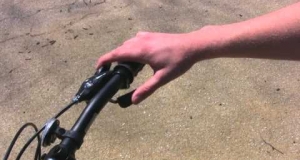
How to Adjust a Shimano Rapidfire Shifter
Shimano Rapidfire Shifters are used on upright handlebars and use a mechanism that consists of a thumb and an index finger trigger. The thumb moves you to a larger sprocket and the index...
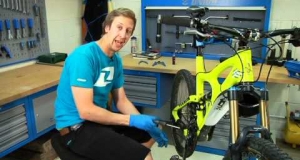
How To Adjust a Mountain Bike Front Derailleur
How To Adjust a Mountain Bike Front Derailleur
Tools you will need:
allen key
...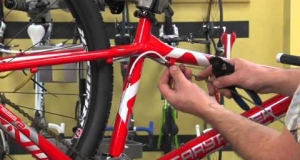
How to String or Replace Derailleur Cables
After a while, your cables will need a little work. If you live by the ocean, have wet weather or ride through mud, you’re going to have humidity issues and possible rusting going on. And in order...
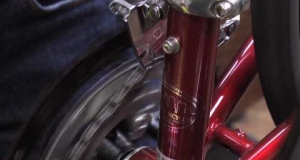
How to Adjust Your Road Bike Front Derailleur
You know how sometimes your gears don’t change with firm frankness? When they don’t snap into action like German watch works or have the precision of the pistons in an F1? Or even when they react...
